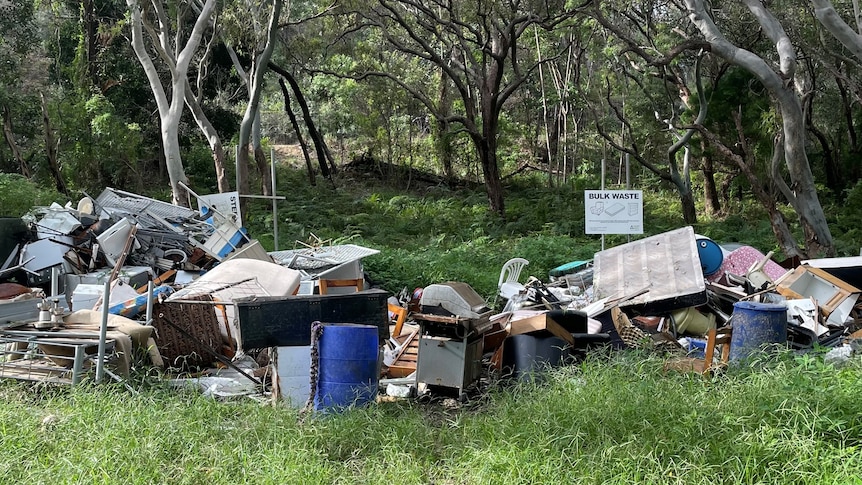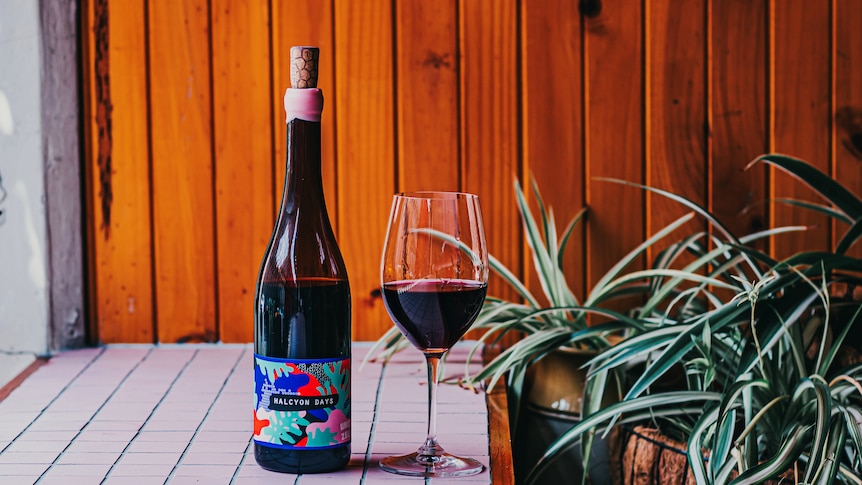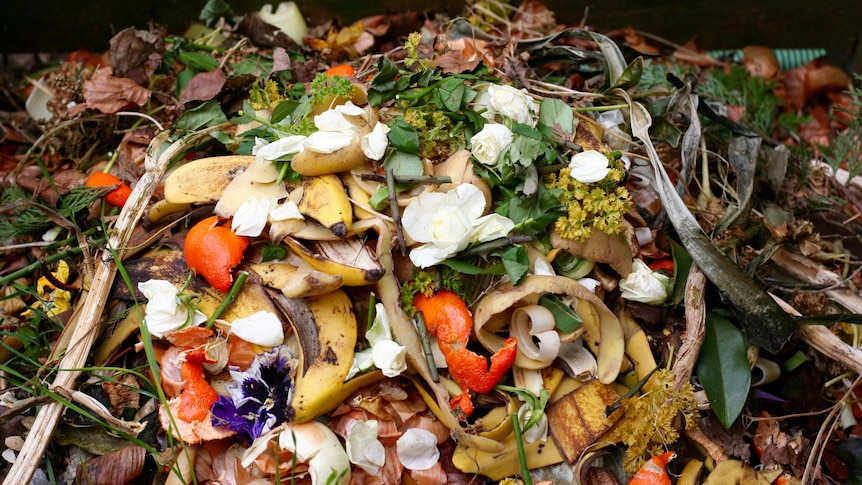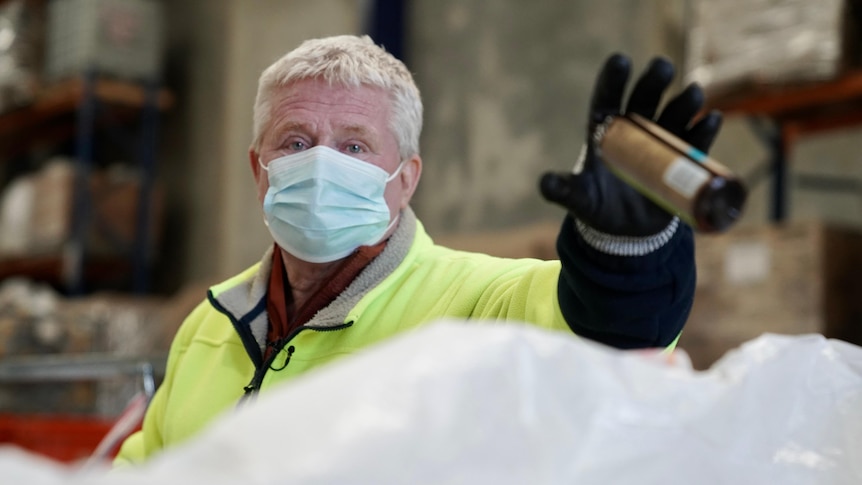K’gari (Fraser Island) is Queensland’s small slice of paradise with a massive problem.
Key points:
- Residents on K’gari (Fraser Island) are concerned about the overflow of rubbish being dumped at waste transfer sites
- Upgrades to the current waste management systems will occur over the next 10 years
- Fraser Coast Regional Council is asking tourists to practice a “pack in, pack out” rule
The heritage-listed island threatens to become a victim of its own success as millions of tourists are lured across the water each year.
But they’re leaving piles of rubbish in their wake, and overflowing waste stations on the island need urgent upgrades.
“People go over there with cheap camping gear, and when they finish with their holiday, they just throw it in the tip,” Fraser Coast councillor Darren Everard said.
“It is a fragile location, and it needs to be respected.”
Clearing the mess does not come cheap either.
It costs more than $400,000 a year to cart rubbish from tourists and locals off the island via a barge to the mainland, prompting the Fraser Coast Regional Council to plead with the public to follow a “pack in, pack out” rule.
“If you’re taking a product onto the island, you should be taking it off with you as you go… that is best practice,” Mr Everard said.
Not a Happy Valley with dump nearby
In the tiny township of Happy Valley on the eastern side of K’gari, a dump site lies just a stone’s throw from the nearest home.
“It is 50 meters from a house. It’s about 20m from a recreation reserve where there’s a picnic table, so it is not ideal,” said Scott Bell, who has lived at Happy Valley for 36 years.
With just a dingo fence separating the landfill from the forest, Mr Bell said the Happy Valley station was a major concern for locals.
“Properties that are very close have got to contend with the smell coming from the tip — and the flies,” he said.
“The blowflies have become quite horrendous in town … I think everyone recognizes it’s not an ideal situation to have that rubbish tip so close to the township.”
The station is one of three landfill sites on the island, including Eurong and Orchid Beach, comprised of tip bins that collect rubbish not just from the townships but from K’gari’s mass tourist population.
“We get things like commercial kitchens being dumped there, national parks have to dump a lot of rubbish just left at camp sites, so it really is more than just a little township’s problem,” Mr Bell said.
Beautiful place facing challenges
The Happy Valley Community Association is working with the Fraser Coast Regional Council to identify alternative sites for the dump, but it could take some time before the month is addressed.
Mr Everard said waste transfer on K’gari was a work in progress that would begin with a 10-year waste management and resource recovery strategy.
“The island is a beautiful place and has a number of challenges, so we want to try to ensure that we get that waste removal more workable and less invasive on the island,” he said.
“We have got a bit of work to do, so we’re going to start with the Eurong Transfer Station, and then we’ll move to improve the facilities at Happy Valley and Orchid Beach.”
The upgraded station at Eurong will be capped to mitigate legacy waste and will feature new bays for stainless steel waste and recycling bulk bins when completed in 2024.
.



